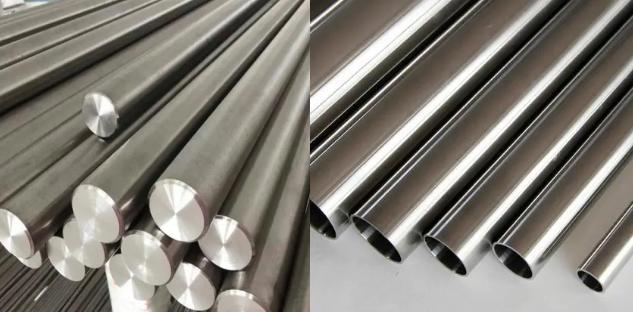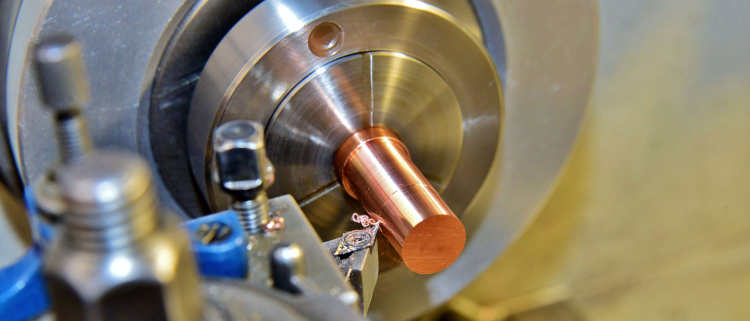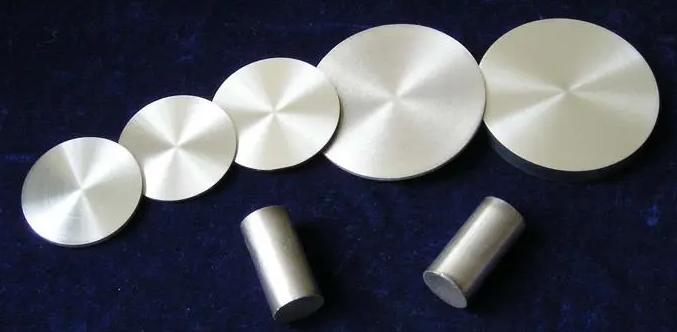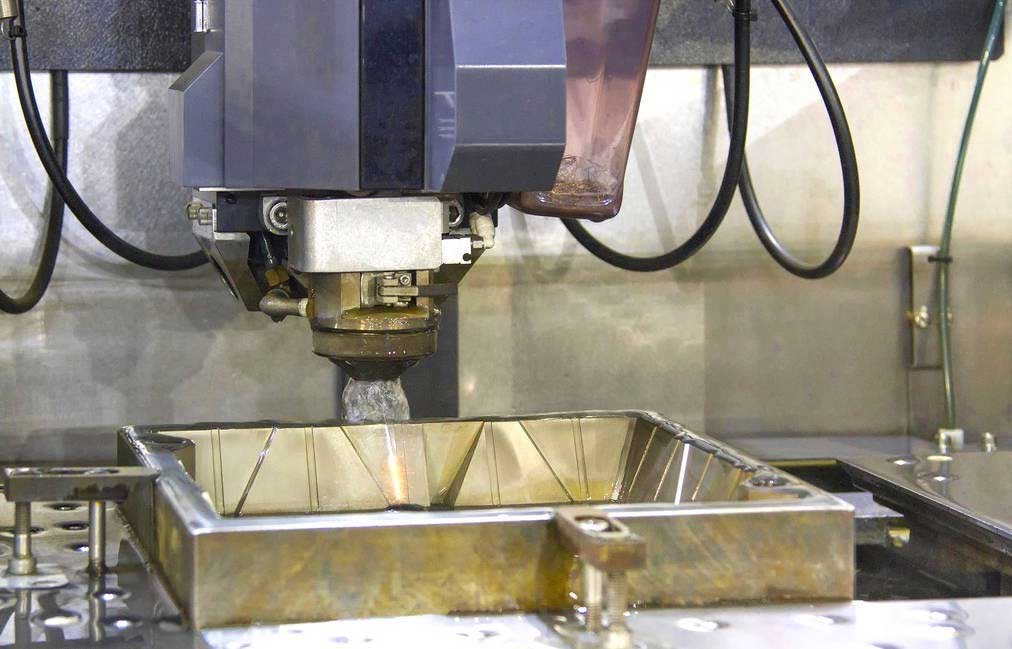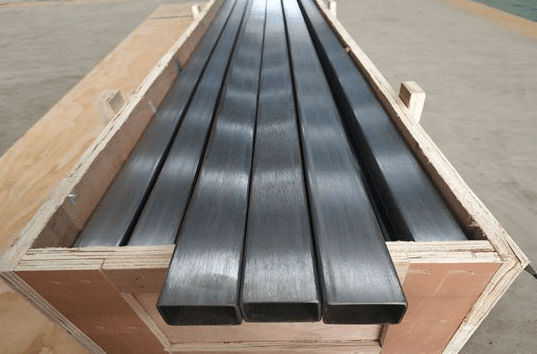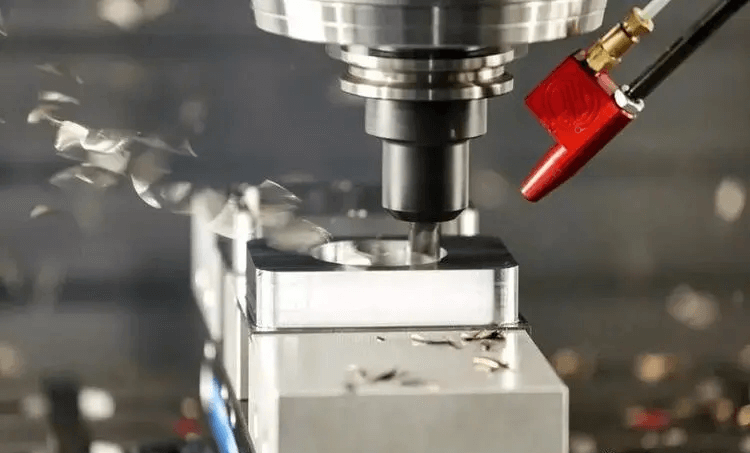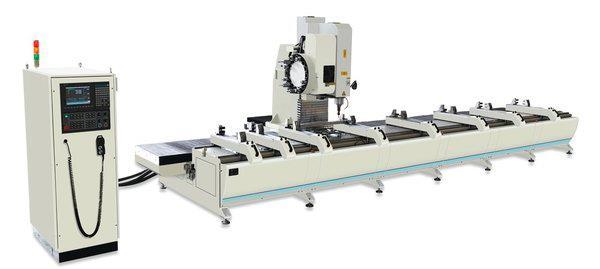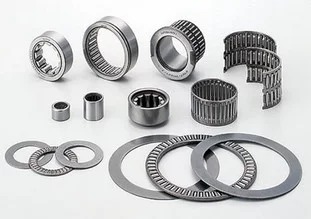Titanium, renowned for its exceptional strength-to-weight ratio, corrosion resistance, and biocompatibility, has become a sought-after material in various industries. CNC machining is a popular method for processing titanium into intricate components. However, the unique properties of titanium present specific challenges during machining. Here we address common questions about titanium CNC machining, providing insights into the process, material properties, and cost considerations.
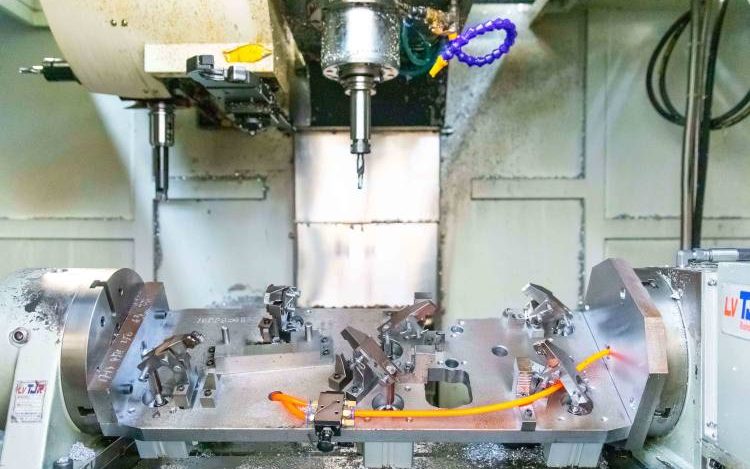
General Questions
Q1: Is titanium difficult to machine?
Yes, titanium is indeed more challenging to machine than many other metals, primarily due to its low thermal conductivity and high strength. These properties result in heat concentrating at the cutting edge, which can lead to rapid tool wear, increased cutting forces, and surface defects. Despite these challenges, with the right equipment and techniques, titanium can be machined effectively.
Q2: What are the advantages of titanium CNC machining?
Titanium CNC machining offers several distinct advantages:
- High strength-to-weight ratio: Titanium components are significantly lighter than those made from other metals, making them ideal for applications where weight reduction is critical, especially in aerospace and marine environments.
- Excellent corrosion resistance: Titanium is highly resistant to corrosion, making it suitable for environments with harsh conditions.
- Biocompatibility: Titanium is well-tolerated by the human body, making it a preferred material for medical implants.
- Fatigue strength: Titanium exhibits exceptional fatigue resistance, ensuring the long-term durability of components.
Q3: What are the applications of titanium CNC machined parts?
Titanium CNC machined parts find applications in diverse industries:
- Aerospace: Aircraft components, engine parts, and satellite components.
- Medical: Implants, surgical instruments, and dental prosthetics.
- Automotive: High-performance components, exhaust systems, and suspension parts.
- Marine: Propellers, shafts, and underwater equipment.
- Chemical processing: Valves, pumps, and heat exchangers.
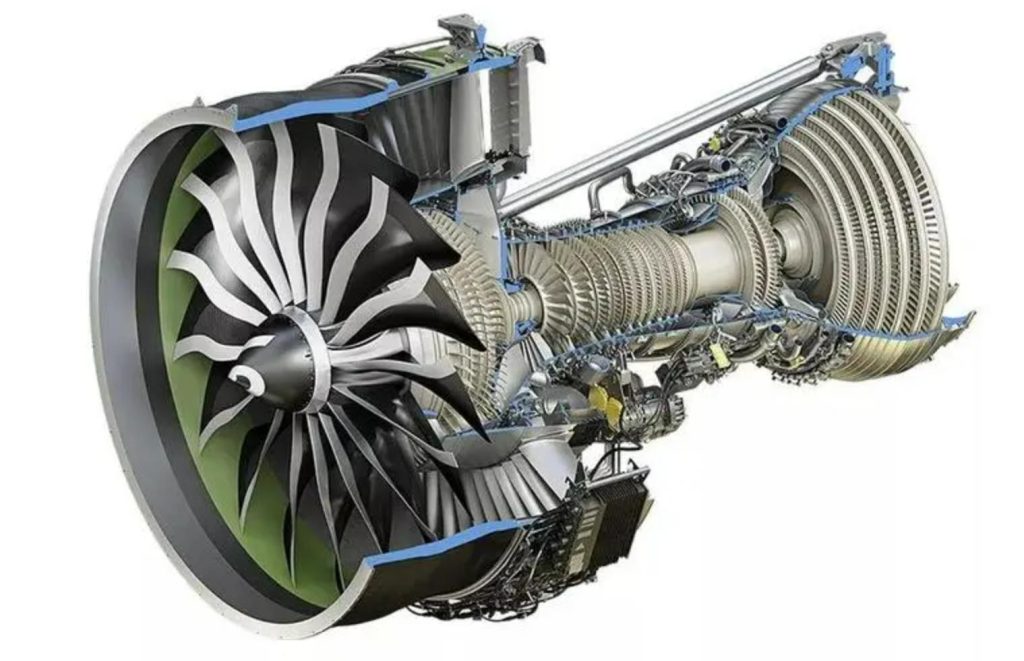
Questions About Machining Process and Challenges
Q4: What kind of cutting tools are best for titanium?
Carbide tools are generally the best choice for machining titanium because of their hardness and wear resistance. Additionally, tools with specialized coatings, such as Titanium Aluminum Nitride (TiAlN), can help reduce heat buildup and extend tool life. High-speed steel (HSS) tools can also be used, particularly in operations requiring high toughness, though they may wear out faster than carbide tools.
Q5: What are the common machining processes used for titanium?
Common machining processes for titanium include milling, turning, drilling, and grinding.
- Milling: Creating complex shapes and features.
- Turning: Producing cylindrical parts with precise dimensions.
- Drilling: Creating holes of various sizes and depths.
- Grinding: Achieving fine surface finishes and tight tolerances.
Each of these processes requires careful consideration of cutting parameters due to titanium’s properties. For instance, milling and turning typically involve slower cutting speeds and higher feed rates to manage heat. CNC machining, in particular, is favored for its precision and ability to handle complex geometries in titanium.
Q6: What are the best practices for reducing tool wear when machining titanium?
Here are some tips for reducing tool wear when machining titanium:
- Use high-quality cutting tools with suitable coatings.
- Optimize cutting parameters to avoid excessive heat generation.
- Implement proper tool clamping and cooling.
- Monitor tool condition and replace worn tools promptly.
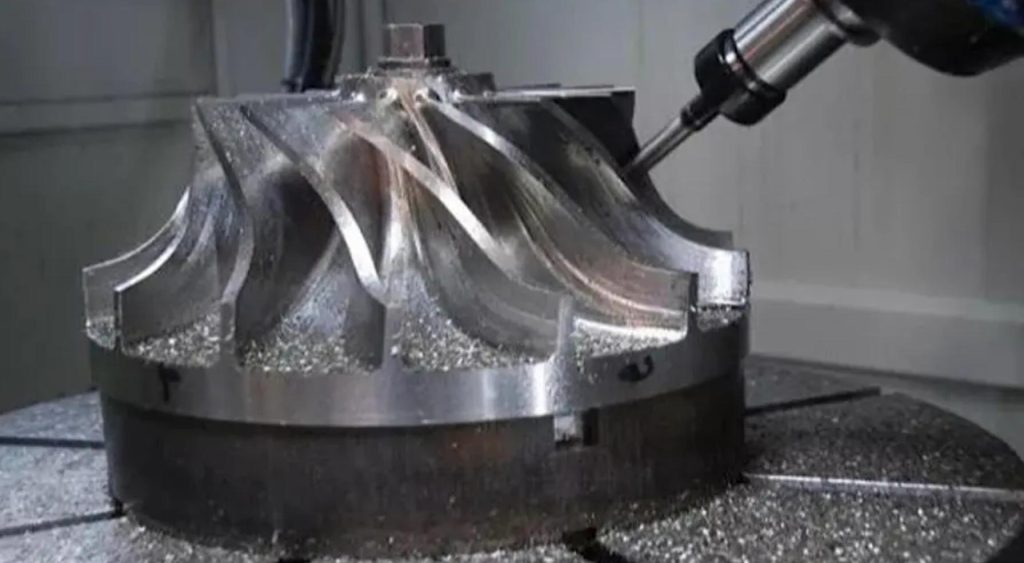
Q7: Does titanium warp when machined?
Yes, titanium can warp when machined, but this issue is primarily related to its unique material properties and how the machining process is managed. Warping occurs due to several factors:
- Residual Stresses: Titanium can retain residual stresses from its manufacturing process (e.g., rolling, forging). When material is removed unevenly during machining, these stresses can cause the part to deform or warp.
- Heat Generation: Titanium has low thermal conductivity, which means heat generated during machining tends to concentrate at the cutting area. This localized heat can cause thermal expansion in the material, leading to warping, especially in thin sections or parts with complex geometries.
- Tool Pressure: Excessive cutting forces or improper tool paths can introduce mechanical stresses that may cause the workpiece to deform. This is particularly problematic in flexible or thin-walled parts where rigidity is lower.
- Part Geometry and Fixturing: Parts with complex geometries or inadequate support during machining are more susceptible to warping. Proper fixturing and support are crucial to maintaining dimensional stability.
To minimize the risk of warping when machining titanium, consider the following practices:
- Stress Relieving: Pre-machining stress relief processes, such as heat treatment, can help reduce residual stresses in the material.
- Balanced Machining: Evenly remove material from all sides of the part to minimize the introduction of new stresses and reduce the chance of warping.
- Controlled Cutting Parameters: Use lower cutting speeds, higher feed rates, and sharp tools to reduce heat buildup. Employing proper cooling techniques, such as flood cooling or high-pressure coolant, is also essential.
- Proper Fixturing: Secure the workpiece adequately to prevent movement during machining. Custom fixtures that support the part in critical areas can help maintain dimensional stability.
- Intermediate Stress Relief: For complex parts, performing stress relief after rough machining but before finishing operations can help alleviate any stresses introduced during the process.
By carefully managing these factors, the risk of warping during titanium machining can be significantly reduced, resulting in high-quality, dimensionally stable parts.
Q8: How important is coolant in titanium machining?
Coolant is crucial in titanium machining because it helps reducing heat generation and preventing work hardening. It also enhancing chip evacuation, preventing chip build-up.
Without adequate cooling, the cutting tools can quickly wear out, and the workpiece may suffer from thermal damage. High-pressure coolant systems or flood cooling methods are often used to keep the cutting area cool, extend tool life, and ensure high-quality surface finishes.
Questions About Material Properties and Design
Q9: What are the different grades of titanium and their machinability?
Titanium is available in several grades, each with distinct properties that influence its machinability. The most common grades are Grade 1, Grade 2, Grade 3, Grade 4, and Grade 5, although there are others, such as Grade 9, Grade 23, and more specialized alloys. Below is an overview of the different grades and their machinability:
| Grade | Properties | Machinability |
| Grade 1 | Softest, most ductile, excellent corrosion resistance, high formability | Easiest to machine, challenges with burr formation and tool wear |
| Grade 2 | Moderate strength, good ductility, excellent corrosion resistance, most commonly used | Relatively good machinability, slightly more challenging than Grade 1 |
| Grade 3 | Higher strength than Grades 1 & 2, reduced ductility, good corrosion resistance | More difficult to machine due to increased strength, pronounced tool wear |
| Grade 4 | Strongest commercially pure titanium, excellent corrosion resistance, high strength | Most challenging among pure grades, requires careful cutting control |
| Grade 5 (Ti-6Al-4V) | High strength, excellent corrosion resistance, good fatigue properties, widely used in aerospace | Difficult to machine, high tool wear, requires slower speeds and robust cooling |
| Grade 9 (Ti-3Al-2.5V) | Lower strength than Grade 5, good balance of strength and formability, good corrosion resistance | Easier than Grade 5 but more challenging than pure grades, requires careful parameter control |
| Grade 23 (Ti-6Al-4V ELI) | Similar to Grade 5 but with extra-low interstitials, enhanced fracture toughness, used in medical implants | Similar to Grade 5, slightly easier due to ELI properties, still challenging |
Commercially Pure Grades (1-4): Easier to machine, especially Grades 1 and 2, but as strength increases (in Grades 3 and 4), machinability becomes more challenging.
Alloyed Grades (e.g., Grade 5, Grade 9): Offer superior strength and other mechanical properties but are more challenging to machine due to their higher hardness and strength.
Machinability Considerations: Titanium’s low thermal conductivity, tendency to work harden, and high strength necessitate careful control of machining parameters, tool selection, and cooling strategies across all grades.
Understanding these differences can help in selecting the right titanium grade for your specific application while anticipating the challenges in machining it.
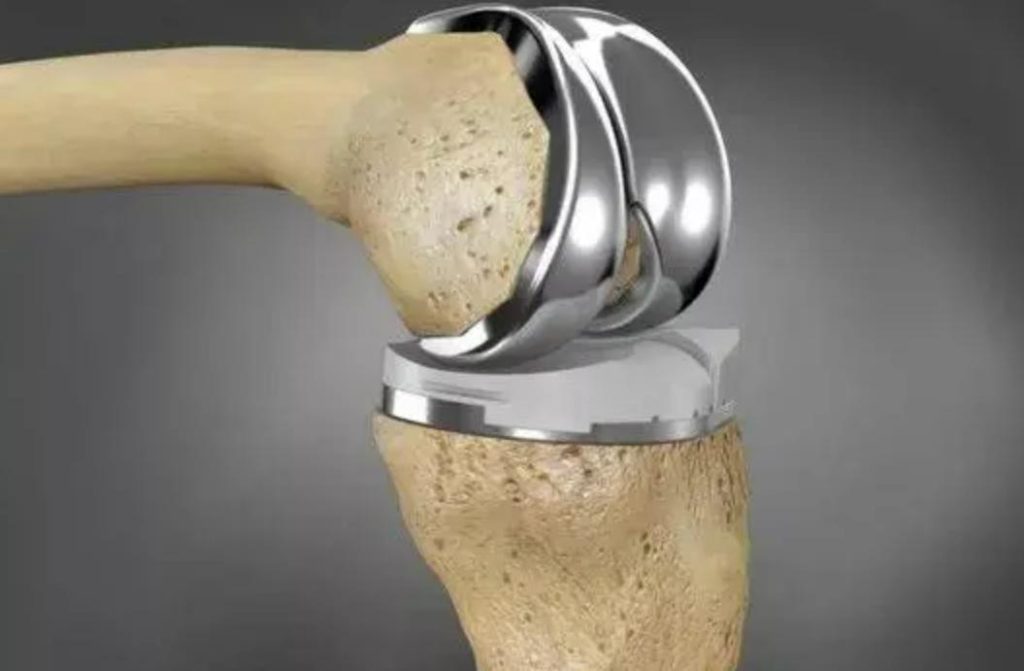
Q10: How does titanium compare to other metals like aluminum or steel in CNC machining?
Titanium is generally more challenging to machine than aluminum but easier than steel. Aluminum is softer and has better thermal conductivity, while steel is harder and generates more heat during machining. Here are the detailed comparison:
| Aspect | Titanium | Aluminum | Steel |
| Machinability | Difficult | Easy | Moderate |
| Tool Wear | High | Low | Moderate to High |
| Cutting Speeds | Slow | Fast | Moderate |
| Strength-to-Weight Ratio | Excellent | Good | Strong but Heavy |
| Thermal Conductivity | Low | High | Moderate |
| Cooling Requirements | High | Low | Standard |
| Cost | Expensive | Affordable | Varies |
| Availability | Moderate | High | High |
Titanium offers superior strength, corrosion resistance, and a high strength-to-weight ratio, making it ideal for specialized applications. However, it is more challenging and costly to machine compared to aluminum and steel. Aluminum is easier and faster to machine, making it suitable for cost-sensitive applications requiring moderate strength. Steel provides robust strength and durability, though with varying machinability depending on the grade. Each material has its own set of advantages and trade-offs, and the choice between them depends on the specific requirements of the application.
Q11: How does titanium’s strength-to-weight ratio affect part design?
Titanium’s high strength-to-weight ratio allows for the design of lightweight yet highly durable parts, making it ideal for aerospace, automotive, and performance-critical applications. This property enables engineers to reduce the overall weight of assemblies without compromising strength or performance, which is particularly valuable in applications where every gram counts, such as in aircraft and high-performance vehicles.
Q12: What are the design considerations for titanium parts?
Designing titanium parts requires careful consideration of the material’s properties. For instance, avoiding overly complex geometries can help reduce machining difficulties and costs. Additionally, it’s important to account for titanium’s potential to gall or seize, particularly in threaded or mating surfaces. Ensuring adequate support during machining to prevent deflection and selecting tolerances that balance precision with manufacturability are also key considerations.
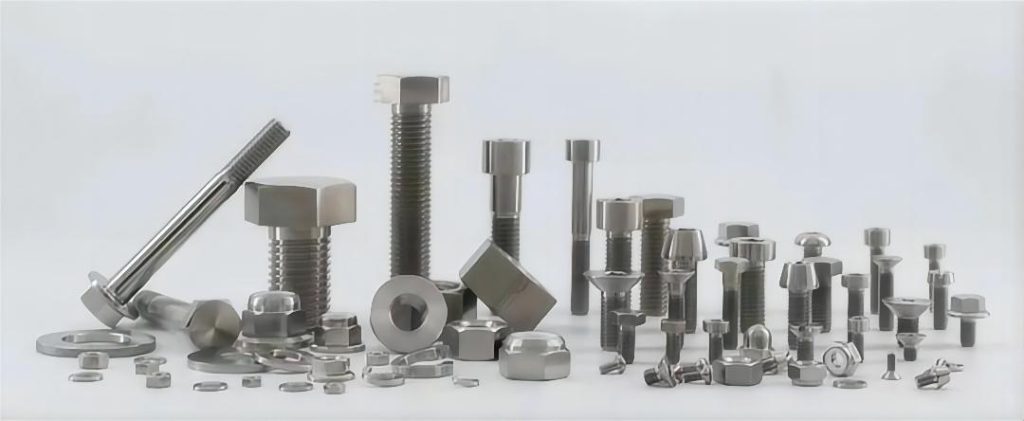
Questions About Cost and Manufacturing
Q13: Is titanium CNC machining expensive?
Titanium CNC machining is generally more expensive than machining other metals like aluminum or steel. The higher cost is due to several factors, including the material’s price, the need for specialized tools, slower machining speeds, and increased tool wear. Despite these higher costs, titanium’s unique properties often justify the investment for applications where performance, durability, and weight reduction are critical.
Q14: What factors influence the cost of titanium CNC machining?
Several factors influence the cost of titanium CNC machining, including the complexity of the part design, the grade of titanium used, machining time, and tool wear. The need for specialized coolant systems and the potential for increased scrap due to machining challenges also contribute to the overall cost. Additionally, the experience and expertise of the machining service provider can impact both cost and quality.
Q15: How can I reduce the cost of titanium CNC machined parts?
To reduce the cost of titanium CNC machined parts, consider optimizing the design for manufacturability by simplifying geometries and minimizing unnecessary features. Selecting a titanium grade that balances machinability with performance requirements can also help lower costs. Working with an experienced CNC machining service provider who understands the nuances of titanium can lead to more efficient processes and reduced material waste, further driving down costs.
A Reliable Titanium CNC Machining Service Provider – JTR
When it comes to titanium CNC machining, partnering with a reliable service provider like JTR is essential. With extensive experience in working with titanium and other challenging materials, JTR offers precision machining services that meet the industry standards. Their expertise in managing titanium’s unique properties ensures that your parts are manufactured with accuracy, quality, and efficiency. Whether you’re in the aerospace, medical, or automotive industry, JTR’s commitment to excellence and customer satisfaction makes them a trusted partner for all your titanium machining needs.
Titanium CNC machining offers significant advantages but presents unique challenges. By understanding the material’s properties, selecting appropriate cutting tools and parameters, and partnering with a reliable service provider like JTR, you can successfully manufacture high-quality titanium components.


